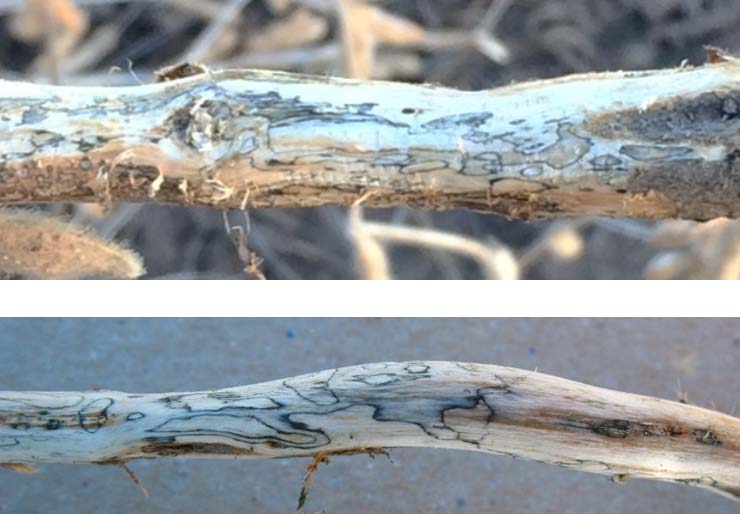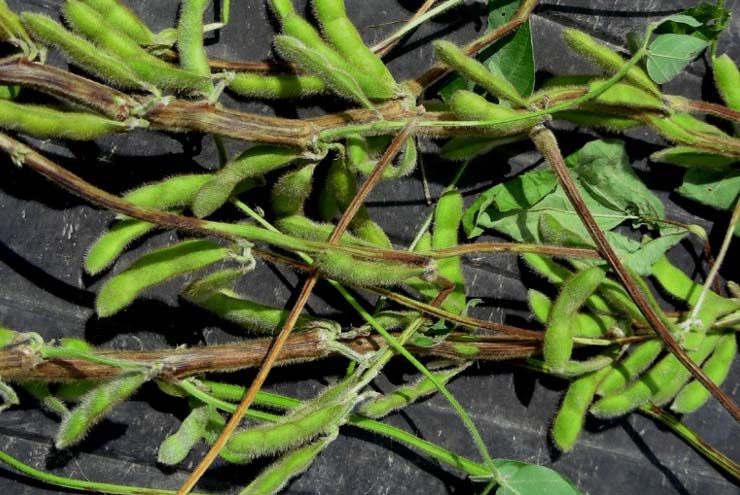Disease moves fast to destroy crop yields. You need a fungicide that works just as fast. Aproach® Prima fungicide has two modes of action and both preventative and curative properties.
Learn More
Something went wrong. Please try again later...
Fungi Facts
- Phomopsis (P. longicolla) and Diaporthe (D. phaseolorum var. sojae) are fungi that function as a complex and infect soybeans.
- The fungi cause diseases to form in the plant which can reduce yield. Some of these diseases include:
- Pod and stem blight
- Phomopsis seed decay
- Stem canker
- Mature plants that are split longitudinally may show signs of zone lines on lower stems as seen in Figure 1. This was previously often mistaken for symptoms of charcoal rot.
- Diaporthe/Phomopsis can infect the plant at any time in the growing season but may not be visible until later in the growing season.
- This fungus complex and diseases associated with it can be found throughout most soybean producing areas in North America

Aproach® Prima is not registered for sale or use in all states. Contact your state pesticide regulatory agency to determine if a product is registered for sale or use in your state. Always read and follow label directions.
The foregoing is provided for informational use only. Please contact your Pioneer sales professional for information and suggestions specific to your operation. Product performance is variable and depends on many factors such as moisture and heat stress, soil type, management practices and environmental stress as well as disease and pest pressures. Individual results may vary.





